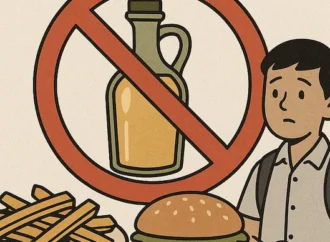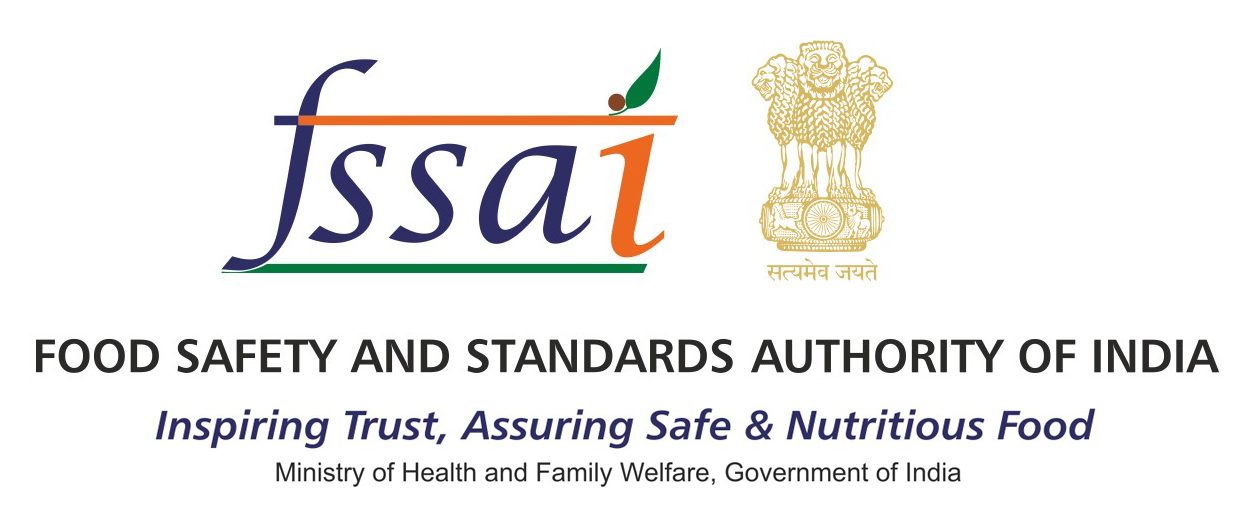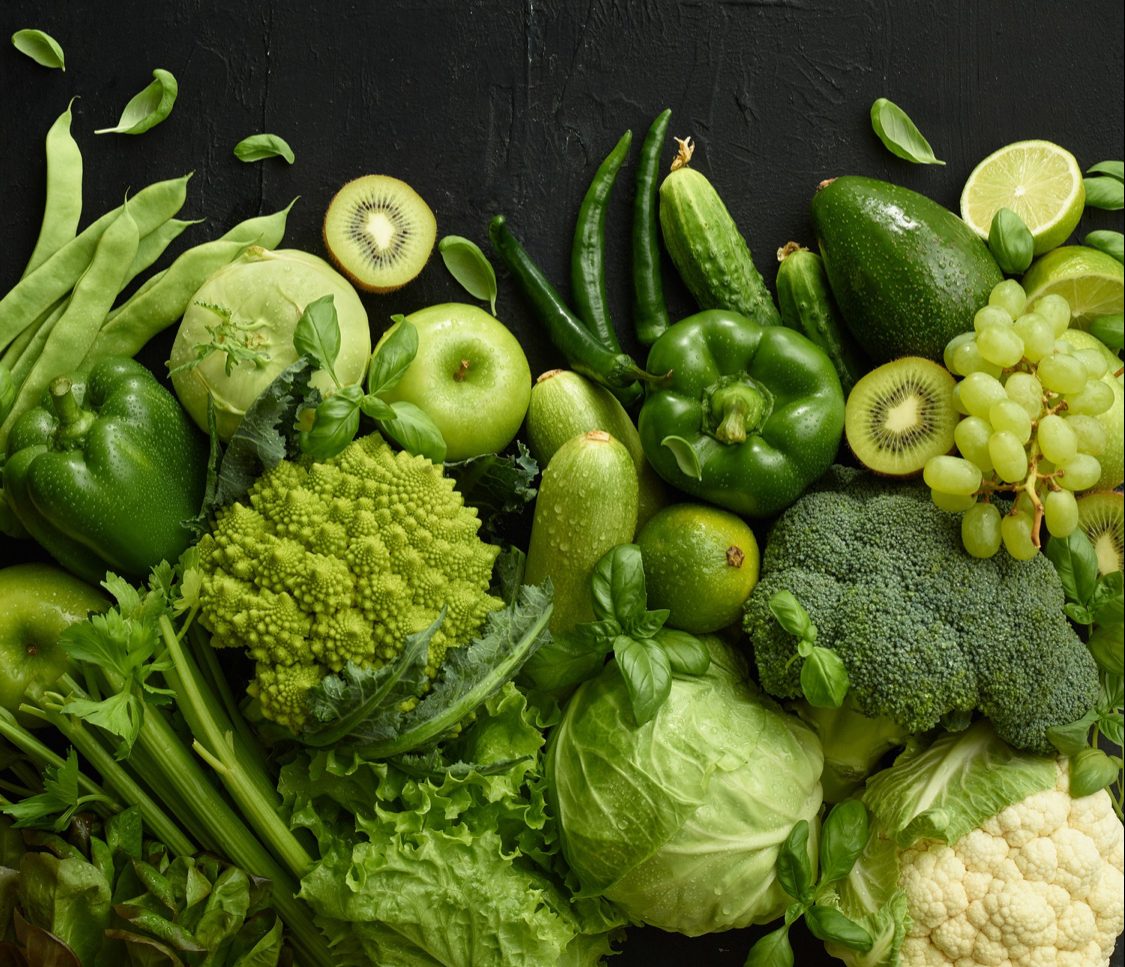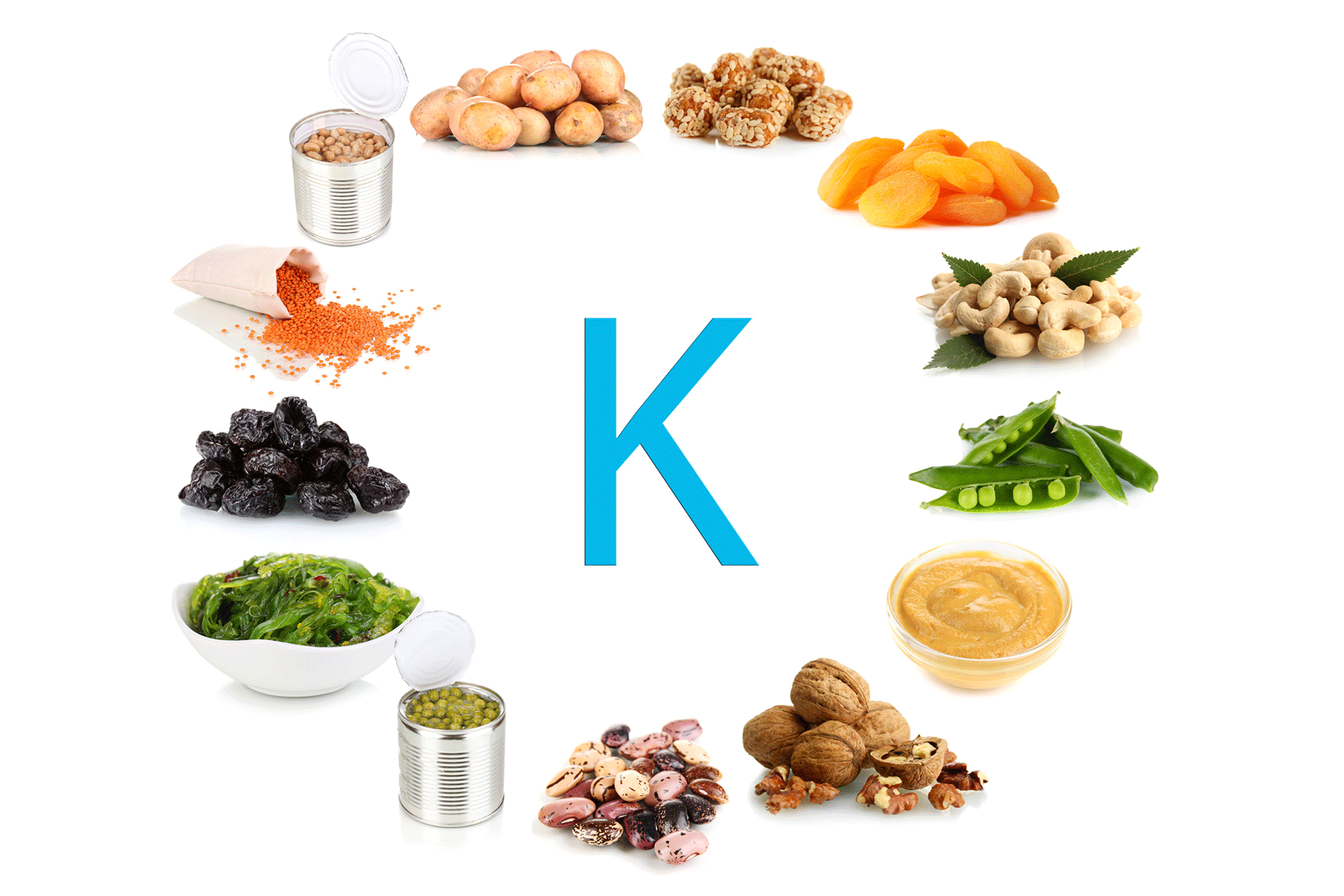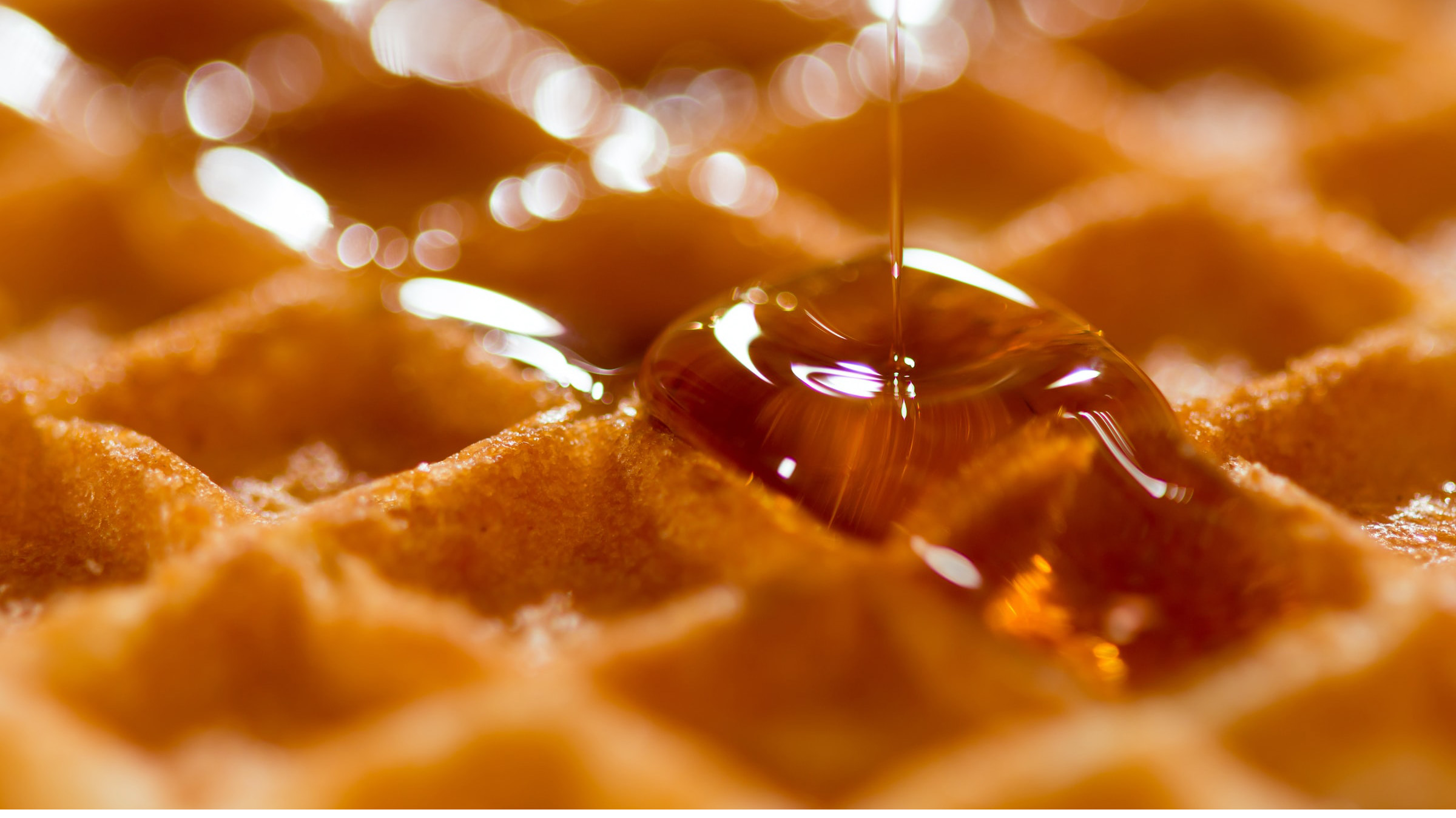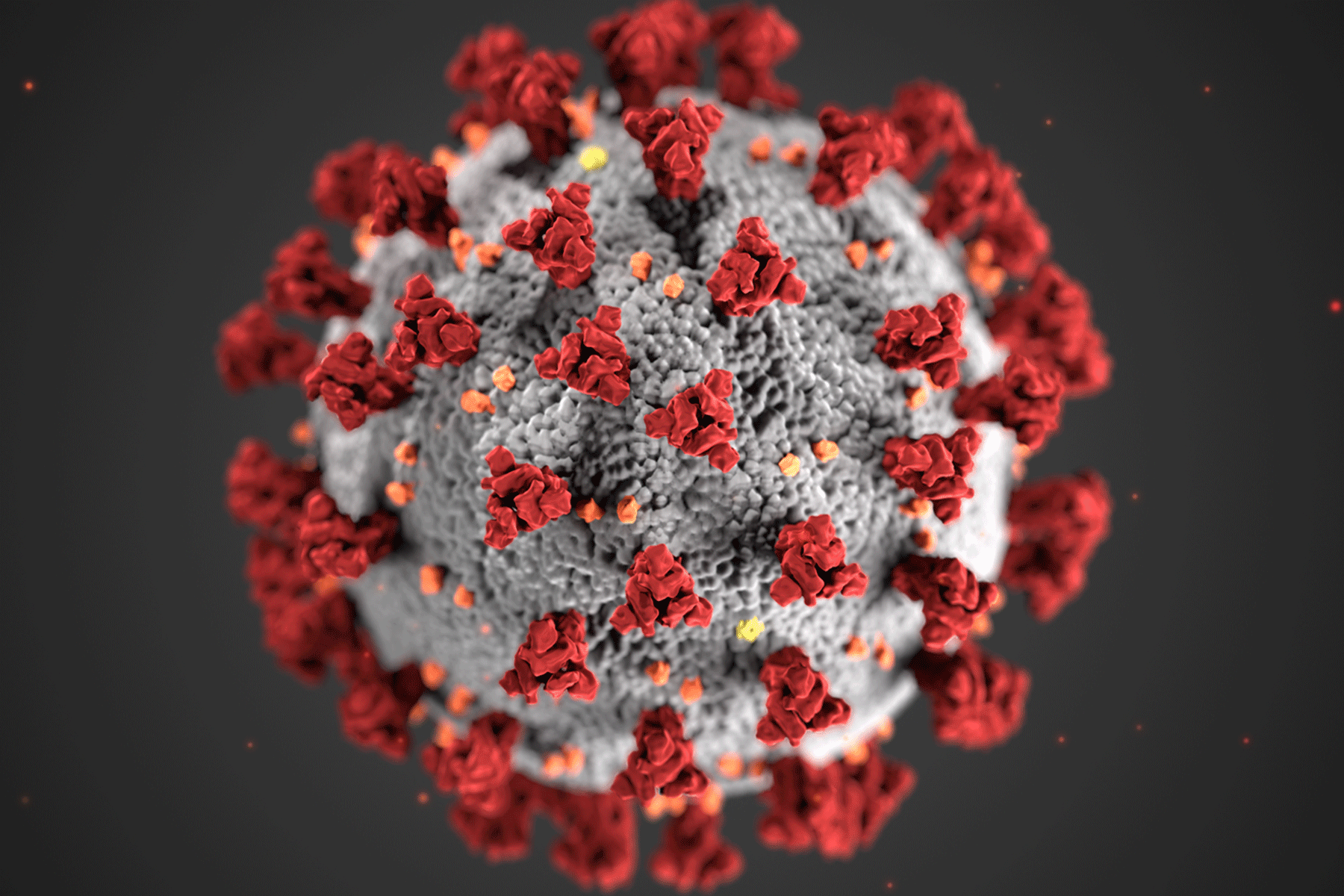Food safety is crucial in today’s world, and one often overlooked factor is the type of plate or utensil used for serving meals. Whether it’s a traditional leaf plate, plastic, or metal plate, each material has its own set of hygiene concerns and benefits. Traditional leaf plates offer an eco-friendly alternative but can pose risks if not properly handled. Plastic plates are convenient but may leach harmful chemicals. Metal plates, particularly stainless steel, are durable and easier to clean. In this article, we’ll compare the safety of these options to help you make a healthier, more informed dining choice.
Hygiene Concerns with Leaf Plates

Leaf plates, made from palm leaves or other natural materials, are commonly used in various cultures, especially in India and Southeast Asia. While they offer an eco-friendly alternative to plastic, hygiene concerns arise when manufacturers don’t source, clean, or store them properly.
- Cleanliness: If manufacturers don’t clean and store leaf plates correctly, they can carry dirt, bacteria, or fungi. This risk increases in rural areas where sanitation practices may be less strict.
- Chemical Treatments: Some manufacturers treat leaf plates with chemicals to preserve their appearance or prevent decay. Improper handling of these chemicals can lead to contamination of food.
Leaf plates can be a safe, eco-friendly option when sourced and handled correctly. However, improper hygiene practices during harvesting and processing can compromise their safety.
Plastic Plates: Convenience vs. Health Risks

Plastic plates are popular due to their convenience, but they come with significant health risks. They can leach harmful chemicals, especially when exposed to heat or reused. Over time, plastic plates may degrade, making them harder to clean and potentially harboring bacteria.
- Chemical Risks: Some plastics contain BPA or other harmful chemicals that can leach into food, posing health concerns.
- Environmental Impact: Plastic plates are non-biodegradable and contribute to pollution, as they take centuries to break down.
Plastic plates may be easy to use, but they come with significant health and environmental drawbacks.
Metal Plates: A Durable and Hygienic Option

Metal plates, especially stainless steel, have been used for centuries. Known for their durability and ease of cleaning, they are considered safer than plastic or leaf plates. When properly maintained, they offer a hygienic and long-lasting alternative.
- Non-Porous Material: Stainless steel plates don’t absorb food particles or bacteria, making them easy to clean. They also don’t harbor harmful microorganisms, ensuring a safer eating surface.
- Corrosion Concerns: Low-quality metals, such as aluminum, may react with acidic foods, leaching harmful substances into the food. However, high-quality stainless steel plates resist corrosion, making them a much safer choice.
Stainless steel plates are safe, durable, and easy to clean. When properly cared for, they last for years, offering a more sustainable and hygienic alternative to plastic and leaf plates.
Comparing Environmental Impact
Each type of plate has its environmental impact, and understanding this impact is crucial when considering sustainability.
- Leaf Plates: Leaf plates are biodegradable and compostable, making them an environmentally friendly option. However, improper disposal can still contribute to waste, and deforestation can occur if manufacturers don’t source materials responsibly.
- Plastic Plates: Plastic plates take hundreds of years to decompose, significantly contributing to pollution. Their non-biodegradable nature harms the environment, and improper disposal can threaten wildlife.
- Metal Plates: Stainless steel plates are durable and reusable, making them a sustainable choice. They last for years and can be recycled, reducing long-term environmental impact.
Choosing sustainable options like leaf plates or stainless steel can help reduce waste and pollution, but their environmental benefits depend on proper sourcing, usage, and disposal.
Conclusion: Which Plate is the Safest?
When it comes to food safety, hygiene, and environmental impact, the safest plate depends on how the material is sourced, handled, and maintained.
- Leaf Plates: If sourced, cleaned, and stored properly, leaf plates can be a safe, eco-friendly option. However, mishandling during the processing stage can introduce hygiene risks.
- Plastic Plates: Plastic plates pose significant health risks due to the leaching of harmful chemicals and the difficulty of cleaning them once damaged. They also contribute to environmental pollution, making them a less-than-ideal choice.
- Metal Plates: Stainless steel plates offer the safest option. They are non-porous, easy to clean, and resistant to harmful substances. They are durable, long-lasting, and hygienic for everyday meals.
For regular food consumption, stainless steel plates strike the best balance of hygiene, durability, and sustainability. They are safer for both health and the environment compared to plastic plates, and when sourced properly, they can even be a better alternative to leaf plates.
 Food Manifest
Food Manifest 




